It’s that time of the year here in Australia. It’s midwinter*(see footnote!), the air is clear and dry and the sunlight is blinding. There’s no summer humidity to water down the glare, and the widening hole in the ozone layer down this end doesn’t help. I need a new pair of sunglasses.
Which would you prefer: looking into a glaring bright light or into a deeply dark cave?
You cannot keep staring into a bright light. Your reflexes kick in, closing your eyes before further damage occurs. If you are forced to look into the light for too long, temporary blindness and perhaps long term damage will result. Either way, you will not be able to see clearly, if at all. What a paradox! So much light yet nothing to be seen.
If you keep staring into the dark cave what will happen? If you can push through the fear and stay focussed, you may begin to see faint shafts of light penetrating through hidden fissures and cracks in the cave walls. You may catch glimpses of movement, shadowy forms scuttling, lizard-like. The more you focus the more you may see that yes, these are lizards. Your eyes adjust and you discover that there are shades of darkness revealing shapes and forms.
Consider the sun and the moon. During the day sunlight is so bright (even on a rainy English day) that it blinds us to starlight. Stars don’t slip away during the day, they shine on but their subtle light is drowned by sunlight. It is only when we look into the darkness of the night sky that we can study the mysteries of the changing cosmos.
How much light do we need to get the best picture? It’s all about balance and your point of view.
Turn your back on the glaring sun and what do you see? Your own shadow, as well as shadows cast by other objects bathed in the same brilliant light. Your shadow may be outrageously distorted but it is your shadow and it does inform you of important parameters such as how many arms and legs you have and how your size compares with other shadows around you.
And so we move into dreams where the preamble to this article will slowly make sense. Stay with me, let your eyes adjust to the dream world and be ready to see the mysteries of your inner universe more clearly in dream light, in starlight, away from the glare of the stark light that blinds.
Dolores dreamed she was watching a horse race. She followed the winning horse to the stable, keen to know the key to his success. She was surprised to find the horse weeping. He looked deeply into her eyes and told her the key to success was deep pain. He turned and revealed an ancient festering wound in his flank, and a hole where his heart had been ripped from his body long ago. “Seven years without a heart,” the horse confided. Dolores was shocked.
On waking, Dolores couldn’t shake the image of the horse and the ripped heartless hole. It stayed with her all day, distracting her from work. Slowly the pieces began to fall into place. She had been in this job for seven years since a painful marriage break-up. She loved the job. It kept her busy, far too busy to notice the pain. In fact, now she thought more about it, her successes were due to the pain. The more the pain threatened to surface, the harder she worked and the more successful she became. Why hadn’t she been able to see this before? She was mystified. It was so clear.
“Heartless,” a voice whispered from the periphery of her mind. “You’ve become heartless. You’re cold. You’ve left us behind. You don’t care,” the voice continued.
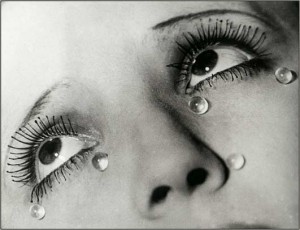
And Dolores wept, for these had been the words of her friends. The dream and Dolores’ friends both delivered the same message, but only the dream message got through.
And Dolores wept, for these had been the words of her friends. They had tried to tell her, but she couldn’t relate to what they were saying. She had thought they were rude and unsupportive, perhaps even envious of her success. She had flicked them off: the words and the friends.
Dolores’ dream had shocked her into touch with her pain, with the festering anger over the way her heart had been ripped and hurt. Her dream delivered the strong message that she could not survive much longer under these conditions. It was time to stop shutting out the pain, to end her heartless pursuit of success, to recognise the heat of her anger and heal it rather than freeze it out.
The dream and Dolores’ friends both delivered the same message, but only the dream message got through. Why?
Dolores’ friends had told her straight. Too straight. The truth was too close to home, too painful, and so her defences kicked in. She found the light too blinding. She denied any truth in it because she couldn’t see it, couldn’t feel it. Her dream was subtle, drawing her to feel the pain of the horse since she was blind to the pain within herself. Once the connection was made, Dolores was able to see the light.
People often ask, “Why aren’t our dreams literal? If the message we need to hear is so important, why don’t our dreams spell it out in a language we can understand?” The answer?
Dreams can help us to see, in shades of nightlight, what is too painful for us to see or acknowledge in blinding daylight.
Like your shadow when you stand with your back to the sun, your dreams may be outrageously distorted but their special effect is to draw your attention to yourself. It is only when you look into the darkness of your dreams that you are freed to study the mysteries of your changing self.
* First published in midwinter 2005
You might also enjoy
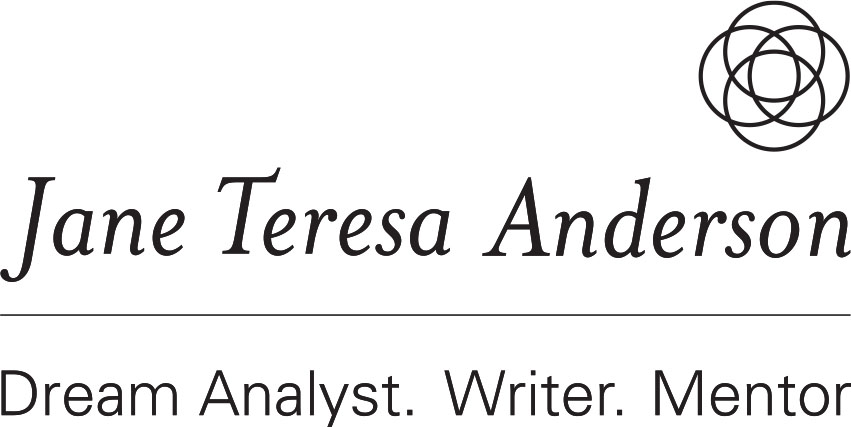
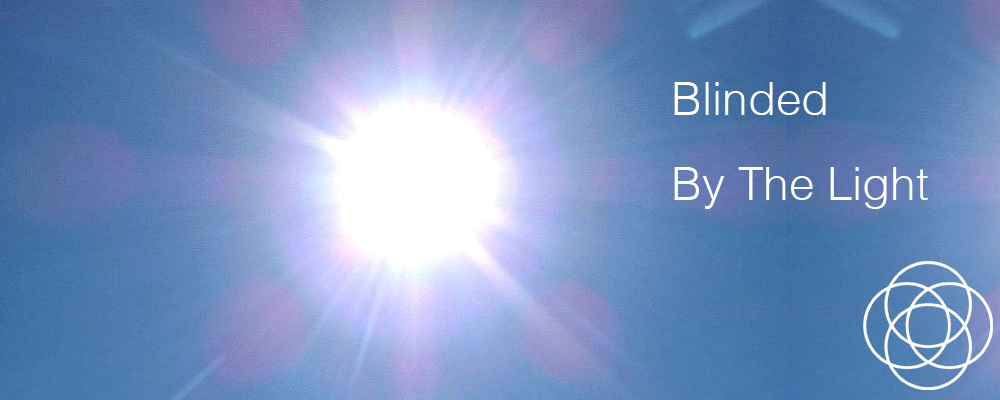
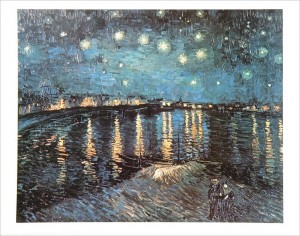

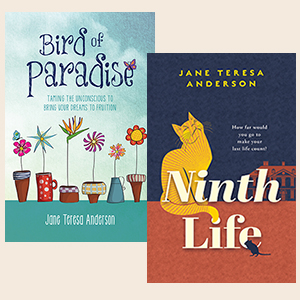
3 comments on “Blinded by the light”